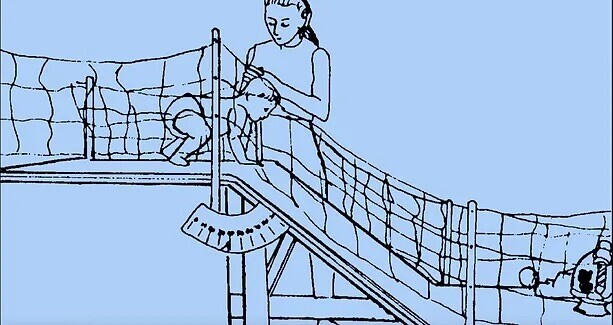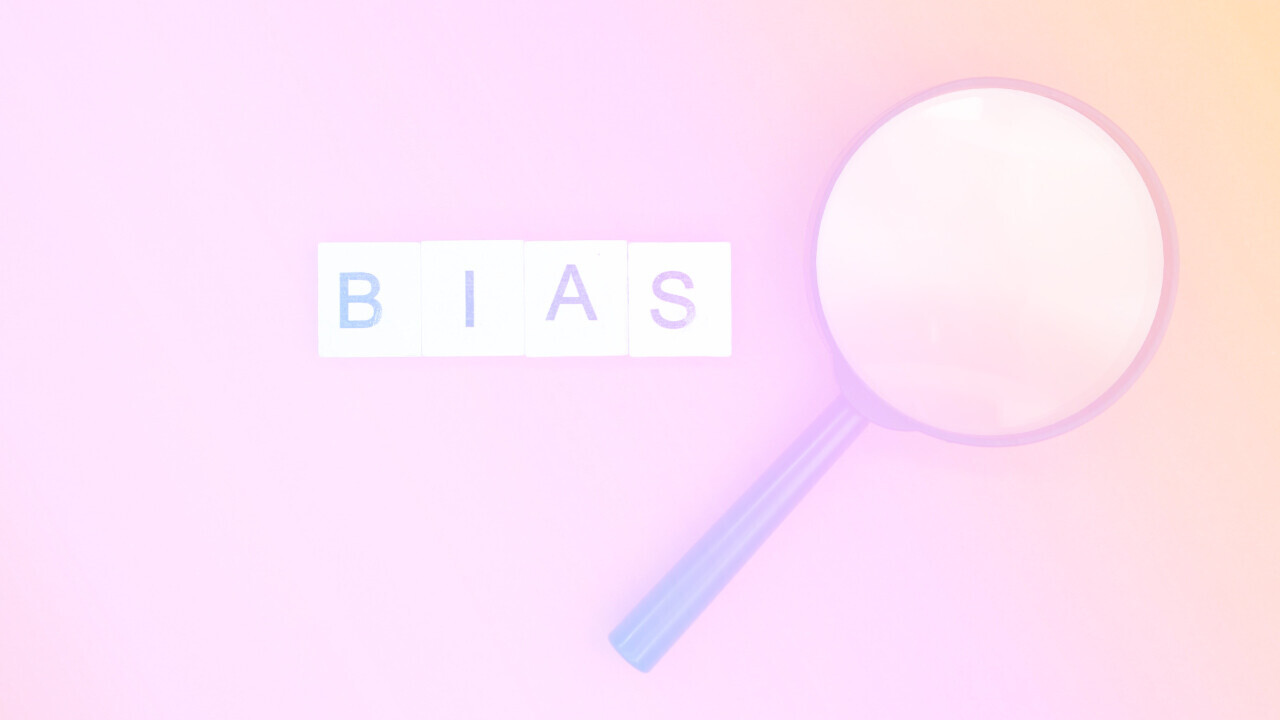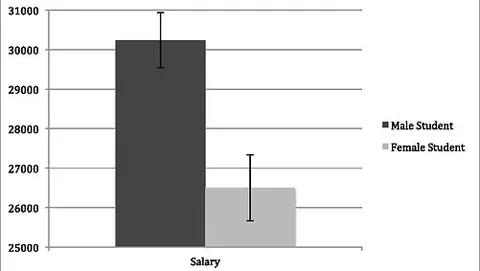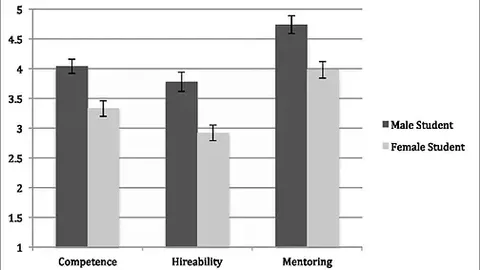
In one experiment, mothers were asked to guess the steepness of a slope their 11-month old children would be able to crawl down.
The results showed that both boys and girls were able to crawl the same degree of incline. But mothers of girls consistently underestimated their performance and mothers of boys consistently overestimated their performance.
The stereotype at play that boys are more physical likely causes parents to encourage their sons more in physical activities while cautioning their daughters. Boys then are likely to be given more opportunities to be physical than are girls.
While boys do develop stronger physical skills than girls, it’s not because of anything innate or biological. It’s due, instead, to the gender roles that the parents project, without even knowing it, onto their babies.


